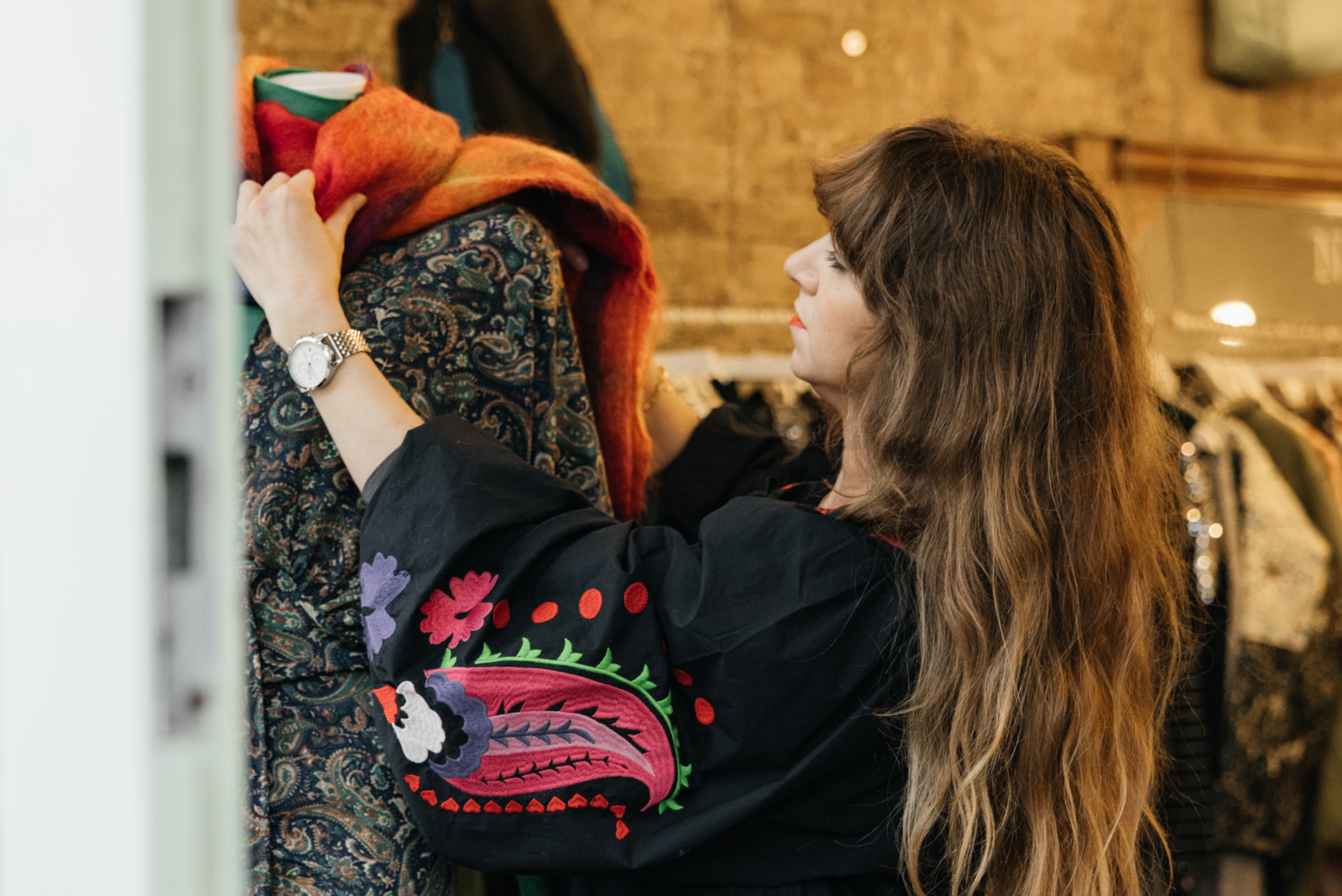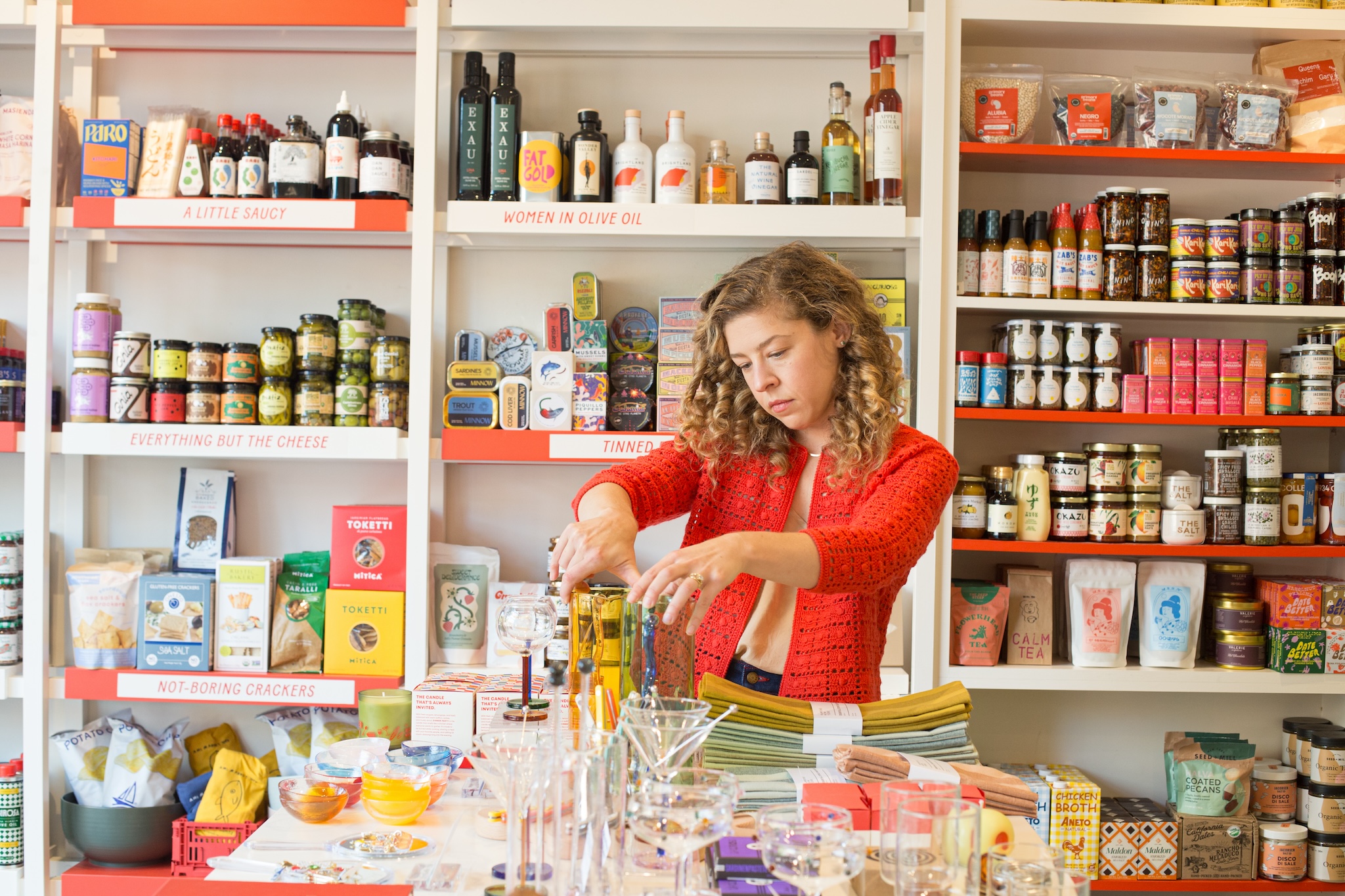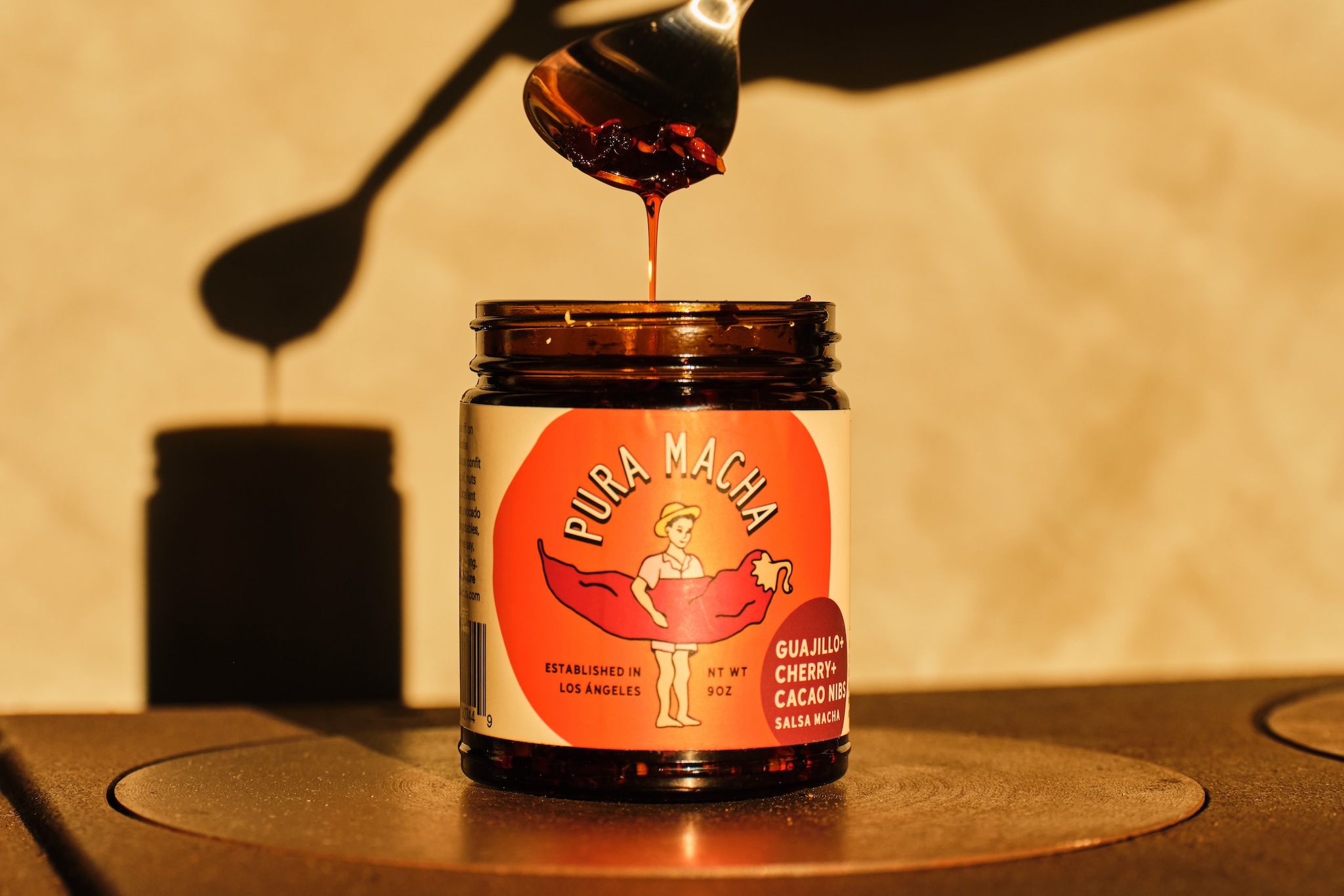

As the retail world evolves, thoughtful, engaging, and informative labels have become paramount. They are a crucial element in bridging the gap between products and consumers, serving as a silent salesperson for both brands and retailers.
The role of labels in the retail environment is multifaceted, and with a little strategy, brands and retailers alike can use them to pull customers in.
What makes a great label
A label should do much more than just display a brand name or the price of an item. It can tell a compelling story, ignite curiosity, and provide answers to unspoken questions.
Understanding the different types of labels is essential for both brands and retailers—as labels serve as not only identifiers but also crucial communication tools that can significantly influence consumer decision-making. This is just some of the information consumers will be looking for when they assess your labels:
Logo and branding
Your product label is a prime opportunity to showcase your brand’s identity through the name, logo, colors, and font. This kind of branding is essential for building recognition and loyalty among your customers, encouraging them to seek out your products based on trust and familiarity.
Product details
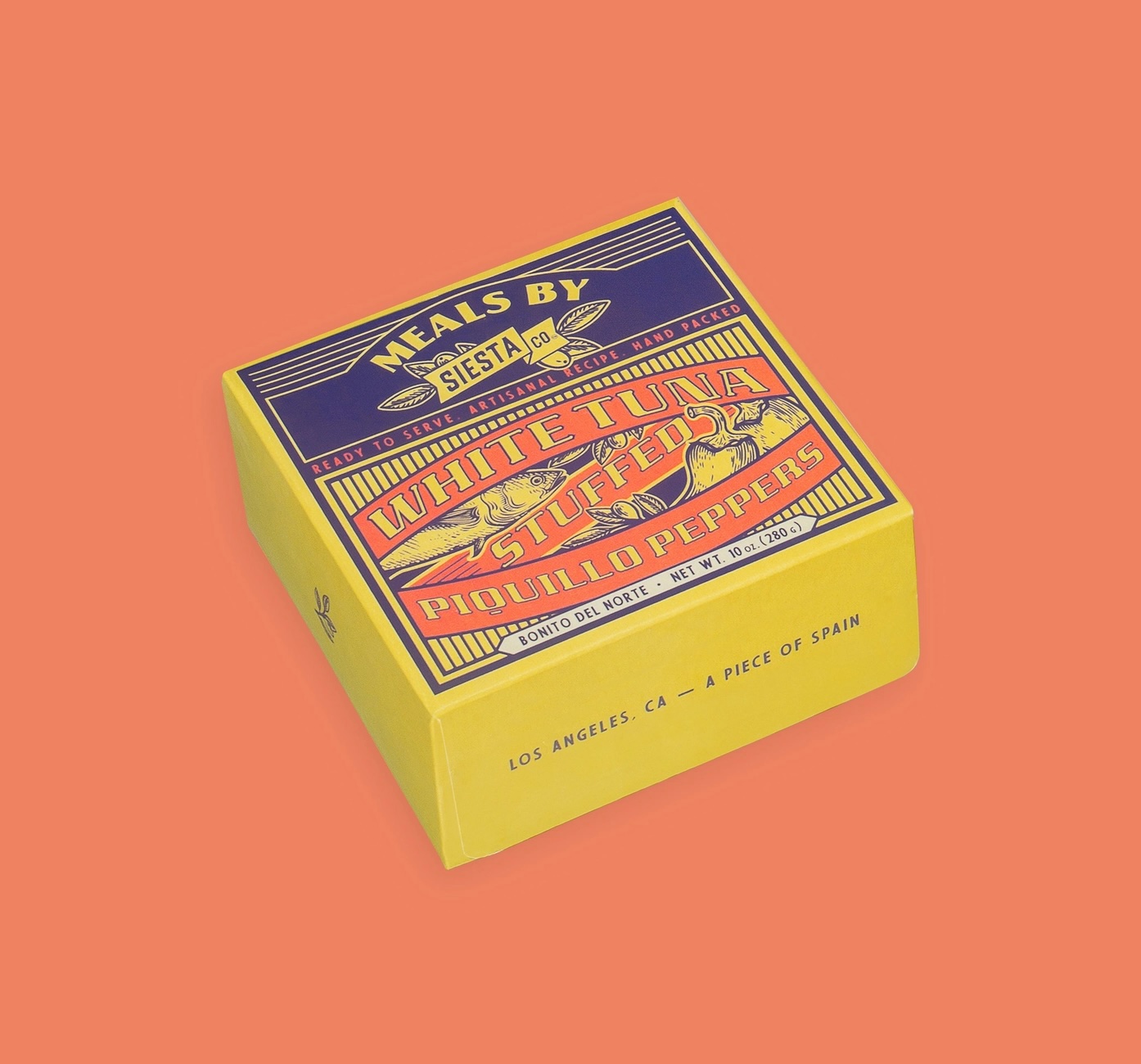
Detailed information about what the product is, its size or quantity, and key features or benefits is the core of any label. These elements should be clear and easy to parse, so buyers can quickly understand what they are buying and why it might be the right choice for them. Consider including where and how a product was made.
Usage instructions
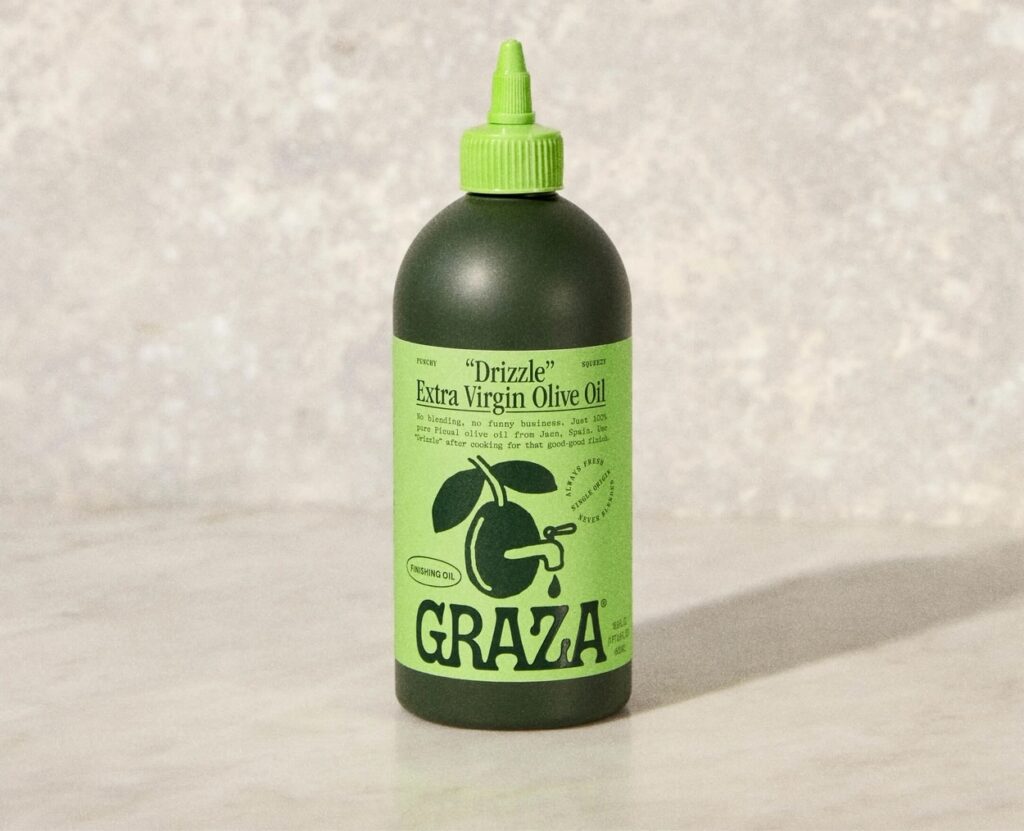
Especially for products that might not be immediately familiar to all consumers, clear usage instructions can make the difference between a purchase and a pass. This could include how to assemble, apply, or even dispose of the product safely and effectively.
Values alignment
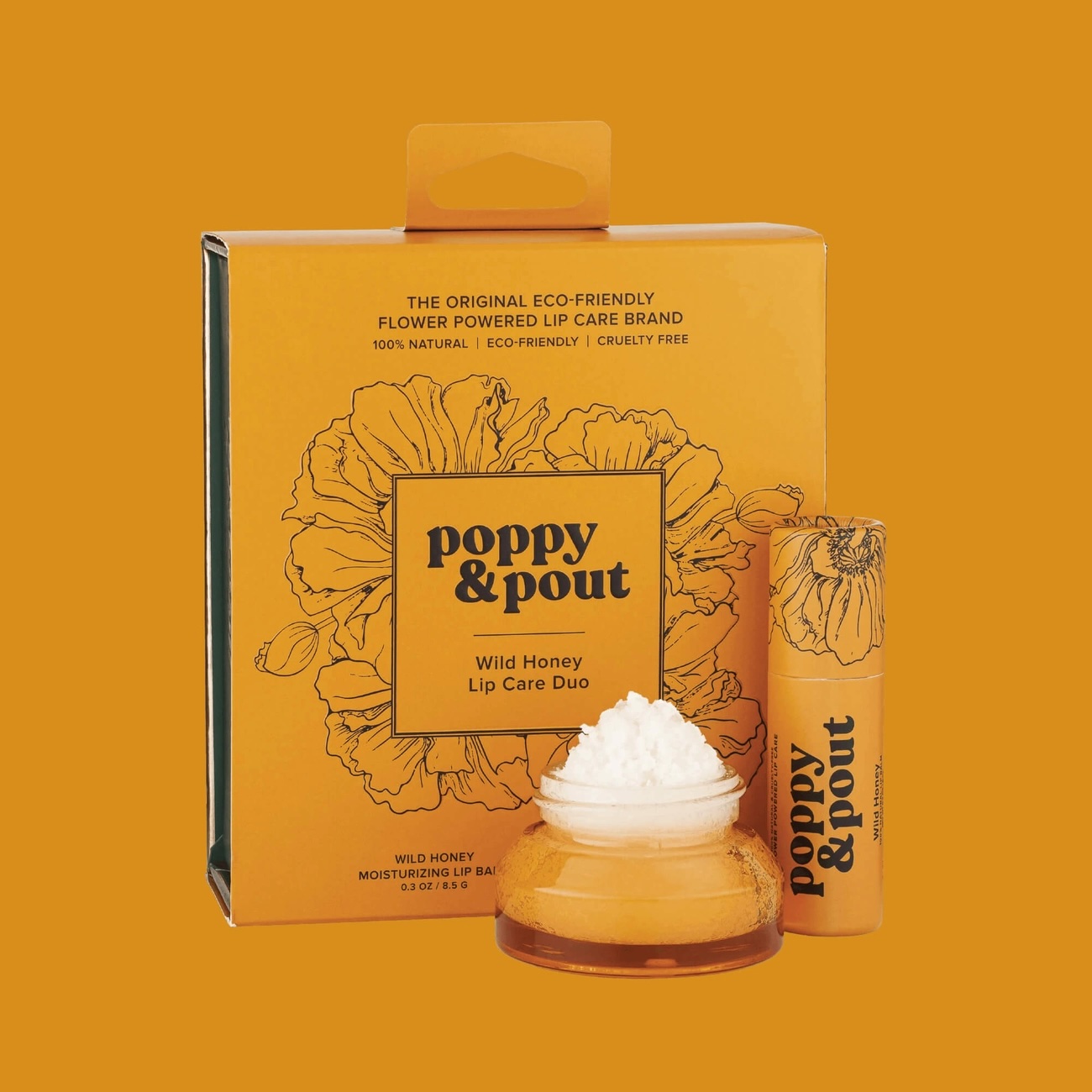
Shoppers increasingly make decisions based on their personal values and the causes they care about. Labels that clearly communicate these values—such as highlighting a product’s organic nature, its fair-trade certification, that it’s handmade, or that it’s from a women-owned or LGBTQ-owned business—can significantly resonate with like-minded consumers.
Nutritional information
On food products, nutritional labels provide essential health-related information, such as calorie count, macronutrient breakdown, and presence of allergens. This helps health-conscious consumers make choices that align with their dietary needs and preferences. Legal requirements of food labeling vary from country to country, and food manufacturers must be sure to adapt their product labels to comply with the specific requirements of every country where their products are distributed.
Tips for brands: How to put your best face forward
Thoughtfully crafted labels, supported by clear and engaging packaging, are something retailers are going to be looking for when they are selecting products to sell in their stores. Here’s how brands can masterfully employ labels to engage consumers:
Tell a visual story
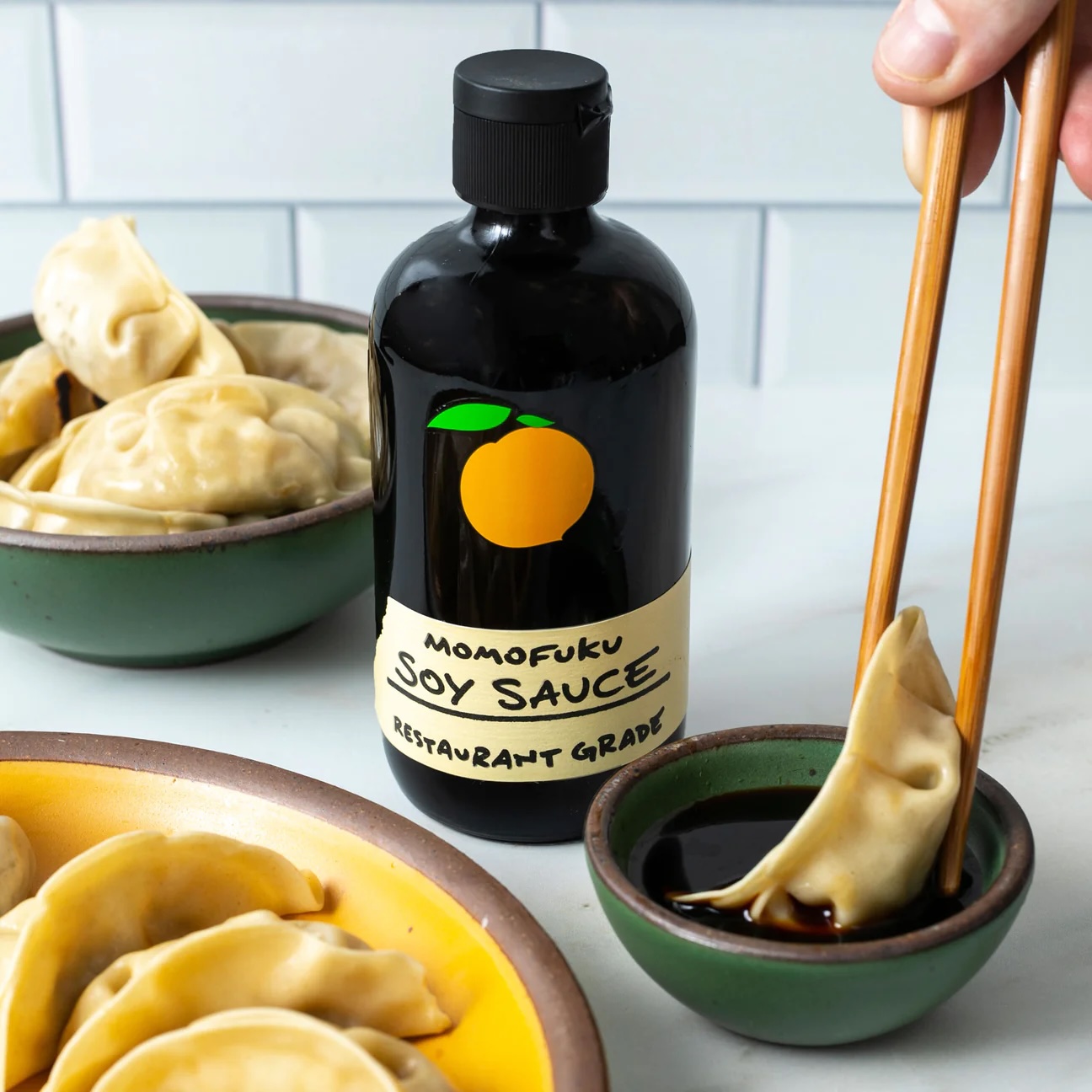
The initial interaction between potential customers and your product often starts with the packaging. A well-conceived label can capture interest and anchor your product in the customer’s memory. Your brand’s character should be present through every aspect of your labels. Whether your tone is whimsical, sophisticated, or deeply traditional, ensure your label’s design—its color palette, typography, and imagery—echoes your brand’s essence, inviting customers into your world.
Convey values and narrative
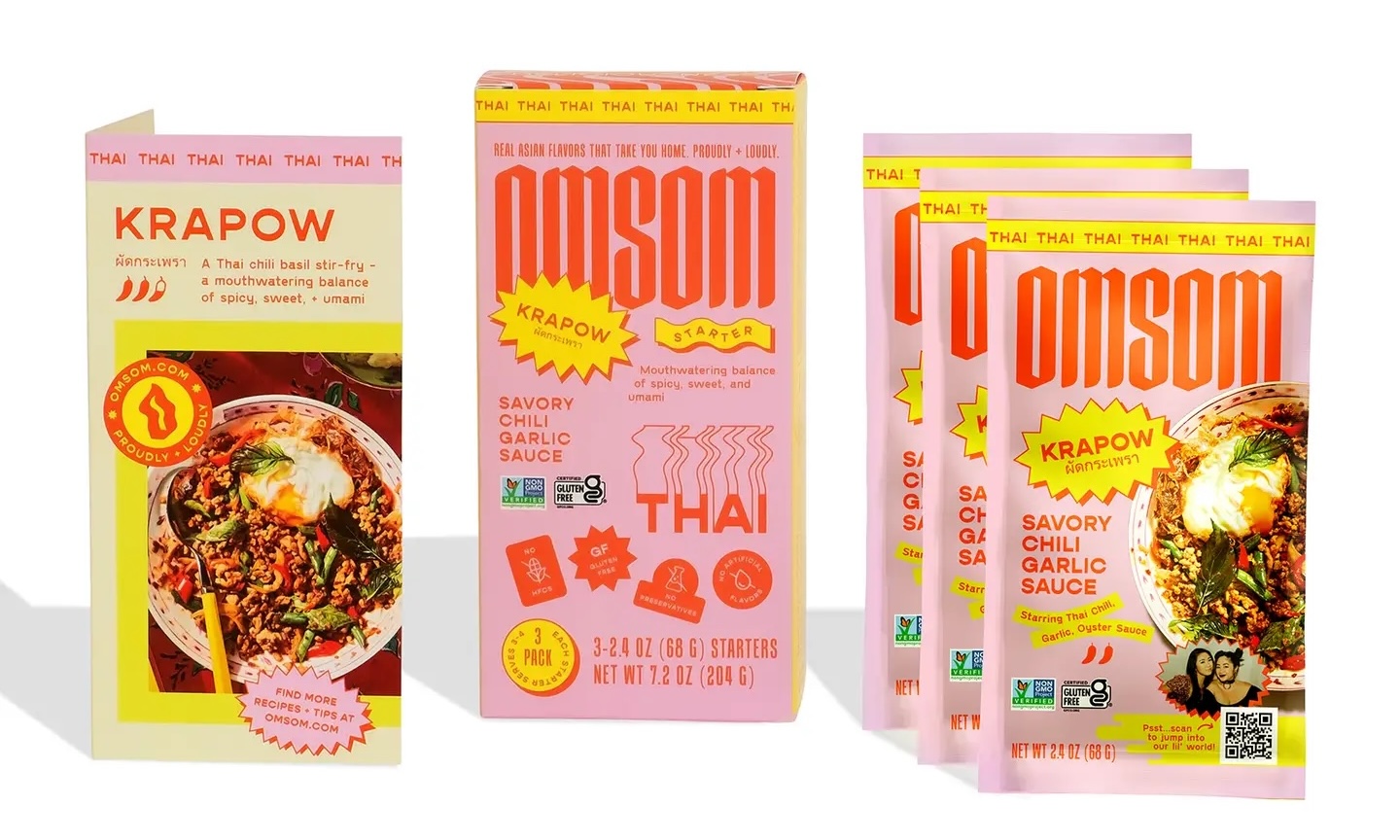
Your label doesn’t just showcase your brand’s commitment—whether that’s to sustainability, luxury, or innovation—it also unfolds your brand’s story. By visually highlighting your unique selling points, labels not only reinforce your position in the market but also deeply connect with your customers.
Answer questions before they’re asked
Design your labels with foresight, anticipating the curiosities and concerns of your customers. Incorporating key information like benefits, how-tos, or transparent ingredient lists can guide customers toward a confident purchase, enriching their connection with your product.
Attract a variety of target audiences
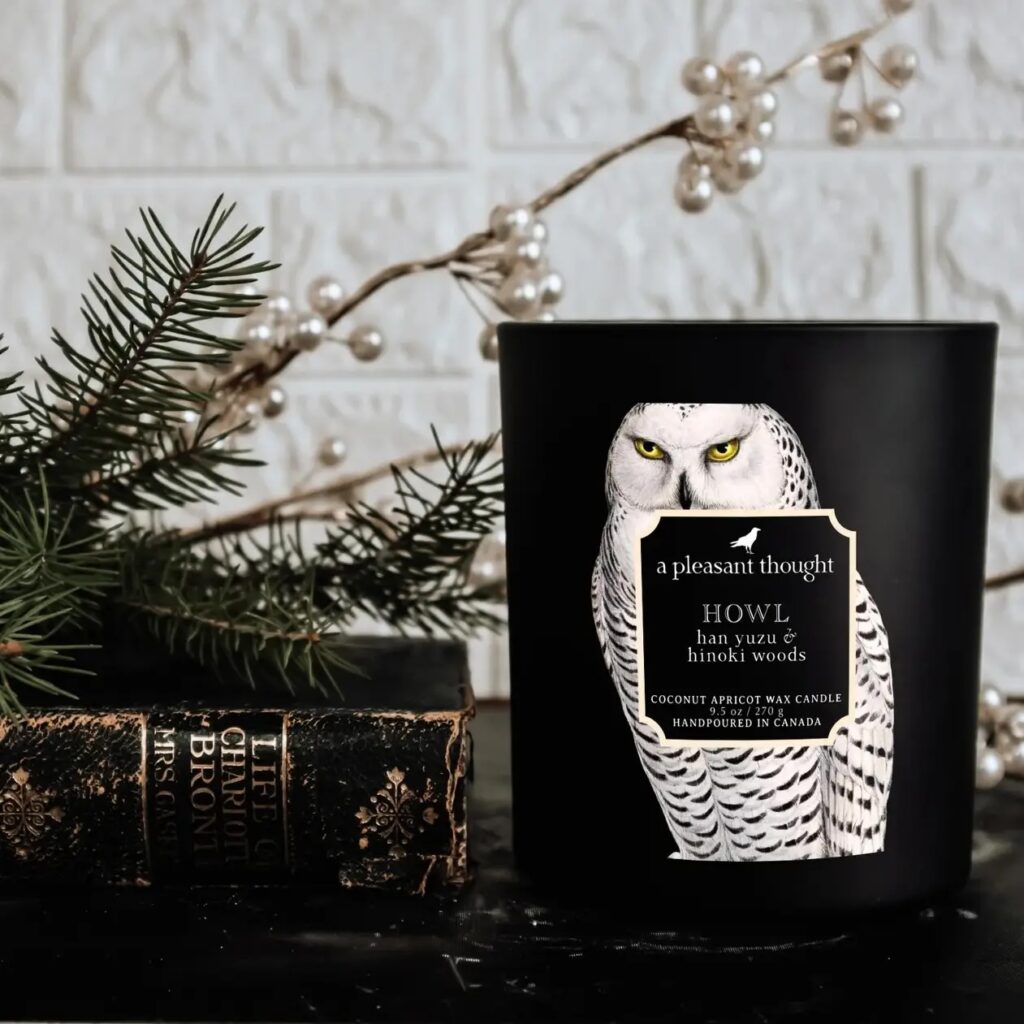

By making different aesthetic choices for various collections of products, you are able to cast a wider net for potential customers—while being sure to have some consistency among the looks for brand recognition. For example, the same candle company might offer a collection inspired by dark academia, a collection inspired by a trip to a flower market, and a collection inspired by vintage textbook illustrations.
Avoid these common labeling mistakes
Be wary of common labeling pitfalls, like cluttered layouts, hard-to-read fonts, or nondescript designs that don’t stand out. Investing in high-quality materials is crucial to ensure your labels remain durable and maintain a professional look. Moreover, collaborating with a professional graphic designer can help your products avoid the amateurish appearance that can come from DIY designs.
For product designers, harnessing consumer feedback is crucial for refining and perfecting label designs. Engaging with the design review software can streamline this process, offering intuitive interfaces and comprehensive annotation options that facilitate seamless collaboration between design teams.
Tips for retailers: How to choose labels that will sell products
Curating an in-store experience that converts browsers into buyers hinges on more than simply stocking great products. Products don’t just fill shelves; they communicate with customers, reflect the store’s identity, and, ultimately, become a part of the decor and the narrative you wish to create in your retail space.
Here’s how to use labels to enrich the in-store experience and align with your customers’ tastes and your store’s vibe:
Know your customer
When selecting products, consider the aesthetics of their labels and how these might appeal to different segments of your target audience. The same product, when packaged with different label designs, can appeal to distinct customer demographics. For instance, minimalist labels might attract a customer looking for simplicity and elegance, whereas colorful and playful labels might appeal to those seeking fun and vibrancy. Understanding the preferences of your customer base is key to choosing products that will capture their attention and meet their needs.
Match your store’s look and feel
Your store is a reflection of a certain style or ethos, and the products you carry should complement this environment. Labels act as a part of the store’s decor, contributing to the overall ambience. Consider how the design and information on product labels align with your store’s aesthetic and the message you want to convey to your customers. Products with labels that mesh well with the look and feel of your store can enhance the shopping environment, making it more cohesive and inviting.
Appeal to shoppers’ values
Understanding your customers goes beyond demographic information; it’s about grasping their values and the impact they are hoping to have on the world with their purchasing decisions. This insight should inform your product selection and how you present these items through labeling and display. Labels that resonate with your customers’ values, such as sustainability, craftsmanship, or wellness, can significantly influence purchasing decisions.
In the vast marketplace of choices, the right label can turn a passerby into a lifelong patron. For brands and retailers alike, mastering the art of labeling can create a moment of recognition and resonance with your customer, resulting in a shared understanding that transcends the transaction.

